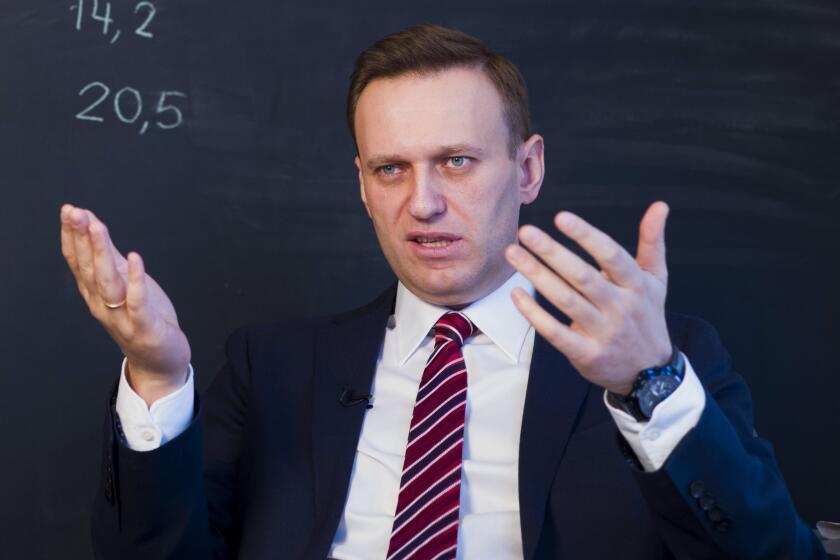Bruce Peterson, 72; Crash Survivor Was Called ‘Six Million Dollar Man’
Bruce A. Peterson, the survivor of a spectacular crash of a wingless research aircraft on a dry lakebed in 1967, got used to being introduced as the real “Six Million Dollar Man.”
The former NASA research pilot and engineer, who died Monday at 72 of natural causes at his home in Laguna Niguel, helped inspire the 1974-78 television series starring Lee Majors as an astronaut and test pilot who is critically injured in a similar crash.
Film footage of Peterson’s crash was seen in the opening credits of the series.
But unlike Majors’ Steve Austin character, who gained superhuman powers after parts of his body were replaced with advanced “bionic” technology, Peterson underwent conventional surgery after narrowly escaping death.
He was an experienced research pilot for the NASA Flight Research Center at Edwards Air Force Base at the time of his crash in the M2-F2, a wingless, “lifting body” aircraft that led to development of the space shuttle.
Peterson remembered little about the accident.
“About what is seen on the TV screens every week is what I remember,” he told the Associated Press in 1975. “That partial footage was taken by the cockpit cameras. I blacked out about the same time the cameras stopped working.
“I was landing, fighting a crosswind which had sprung up, when I saw a [rescue] helicopter in my way. I tried to avoid it, and the landing gear caught in the dry lakebed -- and right there I thought that was it.
“The next thing I vaguely remember is being trapped in the vehicle upside down.”
The M2-F2 had been dropped from a B-52 bomber at an altitude of 44,000 feet. But at 7,000 feet, according to an account of the flight, the wingless craft began rolling violently from side to side. Although Peterson damped the motion, the plane had drifted from its approach path.
As a rescue helicopter moved out of his flight path, Peterson fired the landing rockets and lowered the landing gear.
But before the gear was fully down, the M2-F2 hit the ground at an estimated 250 mph, kicking up a cloud of dust as it “bounced, tumbled and rolled” across the dry lakebed before it came to rest on its back.
Peterson suffered a fractured skull, broken teeth and a broken hand and had his forehead scraped off.
He was in and out of hospitals for a year and a half getting plastic surgery for his face, and he lost his sight in one eye due to an infection while he was hospitalized.
Peterson didn’t know how much his medical bills, which were paid for by the National Aeronautics and Space Administration, amounted to, but he joked in 1975, “I don’t think it cost any $6 million to put me back together.”
Peterson was born May 23, 1933, in Washburn, N.D., and grew up in Banning, Calif. After attending UCLA from 1950 to 1953, he enlisted as a naval aviation cadet and was commissioned a second lieutenant in the Marine Corps in 1954.
Peterson, who earned a bachelor’s degree in aeronautical engineering from Cal Poly San Luis Obispo, joined NASA in 1960 as an engineer at the agency’s Flight Research Center (now called the NASA Dryden Flight Research Center). He was transferred to the flight operations branch two years later.
After his crash, Peterson flew for NASA until 1971, having logged more than 6,000 flight hours in nearly 70 types of aircraft during his career.
He then worked as a research project engineer at Dryden and later was responsible for safety and quality assurance. After retiring from Dryden in 1981, he worked for Northrop’s B-2 Advanced Technology Bomber Division in Palmdale until 1994.
He is survived by his children, David Peterson and Patricia Smith; his brother, Robert; and 10 grandchildren.
More to Read
Start your day right
Sign up for Essential California for news, features and recommendations from the L.A. Times and beyond in your inbox six days a week.
You may occasionally receive promotional content from the Los Angeles Times.





